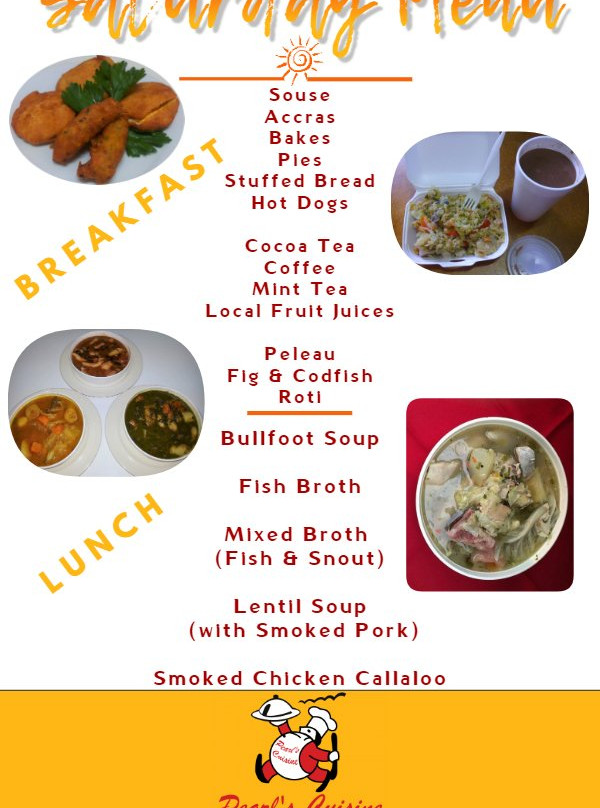Indulge in the Rich Flavors of a Traditional Paella Recipe: A Culinary Journey
When it comes to Spanish cuisine, few dishes are as iconic and beloved as paella. This traditional paella recipe is not just a meal; it's a celebration of f……
When it comes to Spanish cuisine, few dishes are as iconic and beloved as paella. This traditional paella recipe is not just a meal; it's a celebration of flavors, colors, and textures that brings people together. Whether you're hosting a dinner party or simply looking to impress your family, mastering this dish will undoubtedly elevate your culinary repertoire.
### What is Paella?
Paella originates from the Valencia region of Spain and is traditionally cooked in a wide, shallow pan over an open flame. The dish is characterized by its vibrant saffron-infused rice, which serves as a canvas for a variety of ingredients, including seafood, chicken, rabbit, and an array of vegetables. The beauty of paella lies in its versatility, allowing cooks to adapt the recipe to their tastes and the ingredients available.
### Key Ingredients
To create an authentic traditional paella recipe, you'll need the following key ingredients:
- **Rice**: Short-grain rice, such as Bomba or Calasparra, is ideal for paella as it absorbs flavors well while maintaining its texture.
- **Saffron**: This precious spice gives paella its distinctive yellow color and aromatic flavor. A little goes a long way, so use it sparingly.
- **Broth**: A rich seafood or chicken broth enhances the overall taste of the dish. Homemade broth is preferable, but store-bought can work in a pinch.

- **Proteins**: Traditional recipes often include a mix of chicken, rabbit, and seafood like shrimp, mussels, and clams. Feel free to customize based on your preferences.
- **Vegetables**: Bell peppers, green beans, and tomatoes add freshness and color to the dish.
- **Olive Oil**: A good quality extra virgin olive oil is essential for sautéing your ingredients and adding depth to the dish.
### Cooking Method
1. **Preparation**: Start by chopping your proteins and vegetables. Measure out your rice and broth, and soak the saffron in a bit of warm water to release its flavor.
2. **Sautéing**: In a large paella pan or a wide skillet, heat olive oil over medium heat. Add your proteins and cook until browned. This step is crucial as it builds the foundation of flavor for your dish.

3. **Adding Vegetables**: Once the proteins are cooked, add your vegetables and sauté until they soften. Stir in the soaked saffron and its liquid, allowing the flavors to meld together.
4. **Incorporating Rice**: Add the rice to the pan, stirring it into the mixture to coat it in the oils and flavors. This step is vital for achieving the perfect texture.
5. **Pouring in Broth**: Carefully pour in the broth, making sure to distribute it evenly. Do not stir once you add the broth; this will help form the coveted socarrat, the crispy layer of rice at the bottom of the pan.
6. **Simmering**: Allow the paella to simmer over medium heat. As the rice cooks, it will absorb the broth and flavors. Keep an eye on it, adding more broth if necessary.
7. **Finishing Touches**: Once the rice is cooked and has absorbed most of the liquid, remove the pan from the heat and cover it with a clean kitchen towel. Let it rest for about 5-10 minutes before serving.
### Serving Suggestions

Serve your traditional paella recipe directly from the pan, garnished with lemon wedges and fresh parsley. Pair it with a crisp Spanish white wine or a refreshing sangria for a complete dining experience.
### Conclusion
This traditional paella recipe is a delightful way to explore the rich culinary heritage of Spain. Its vibrant colors and enticing aromas will surely impress your guests and create lasting memories around the dinner table. So gather your ingredients, channel your inner chef, and embark on this flavorful journey that is sure to become a favorite in your household!